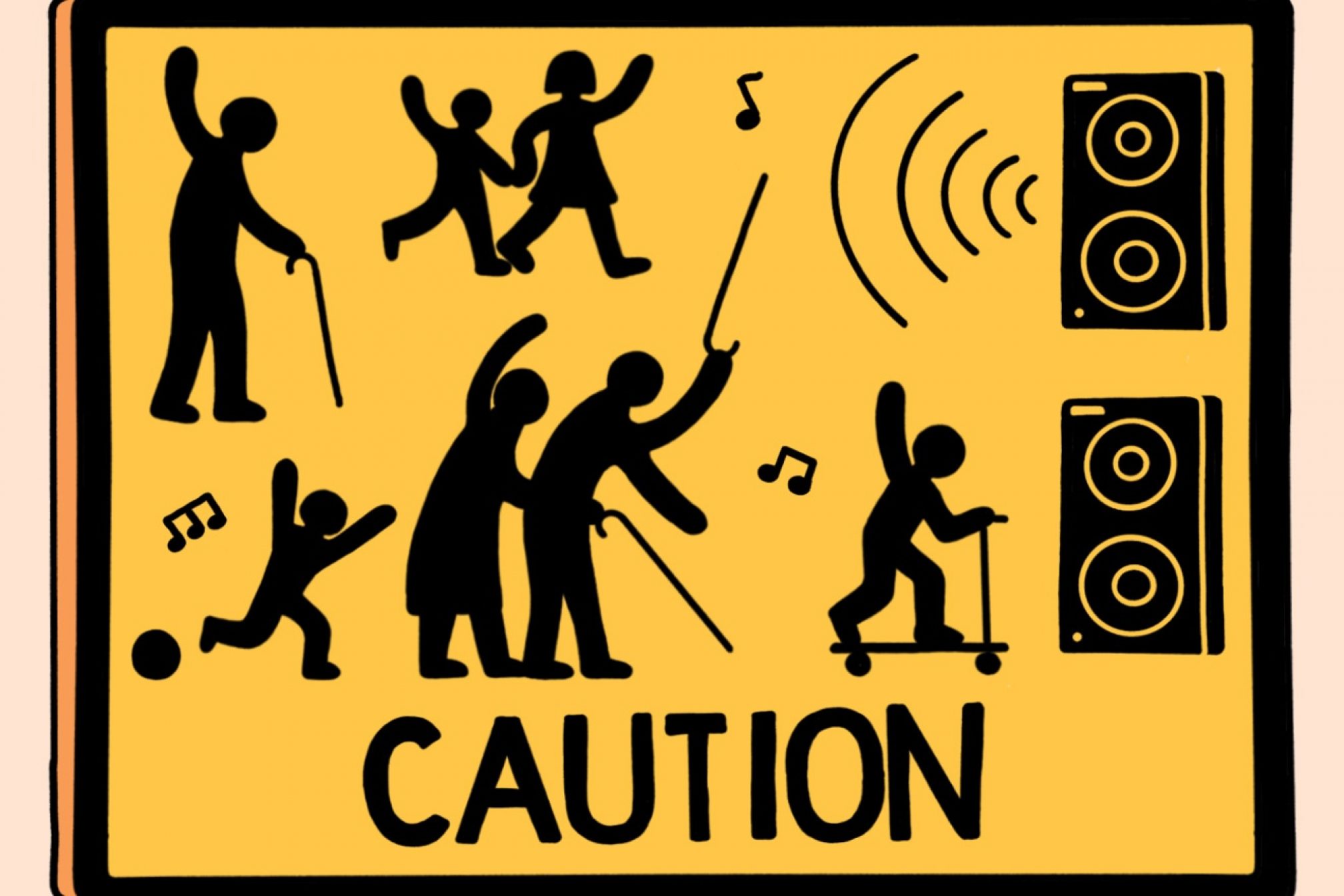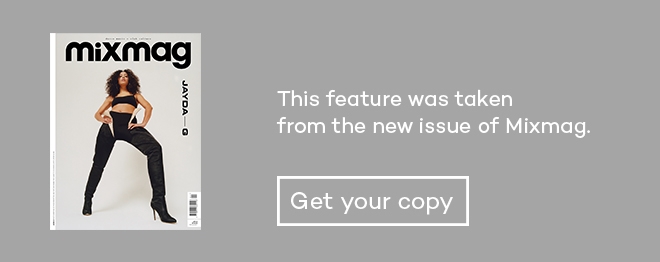 Comment
Comment
Never mind nostalgia - we're living in a golden age of intergenerational partying
Rave veterans are mingling with newer recruits both on the dancefloor and behind the decks
There’s been a lot of talk of late about how rave culture’s generations interact and intersect. At CTM Festival in Berlin, a line-up of radical, nonconformist electronic artists from across Africa, Latin America and Asia smashed up convention, mixing pop and avant garde, making startlingly futurist sounds and building a strong network of festivals and promoters to boot. A friend I ran into there rhapsodised wildly about how this was a complete break with tradition, and all that came before was now irrelevant. Yet the very same week, The Black Madonna and Twitch from Optimo were enthusing on Twitter about how healthy the club scene is right now, The Black Madonna making specific reference to “the young folks and more seasoned folks sharing space and ideas”. And a recent Vice article had bemoaned ageism in clubs: the fact that older people, especially women, often didn’t feel welcome as punters or DJs. And this all came at the exact time I was putting the finishing touches to my book BASS MIDS TOPS, a collection of interviews that looks at how the sounds, values and ideas of soundsystem music have been passed down through UK pop and underground culture over the past half century.
Which is more important, though – reinvention or continuity? After all, the purity of scenes that are created for and by youth, with all the energy and absolutism that goes with that, is something special. Whether it’s the teenagers excluded from UK garage who turned their youth clubs into moshpits as they invented grime, or kids in bedrooms across the world cooking up ever more mind-warping memes and post-vaporwave electronic sub-genres that only make sense with total immersion in cultural reference points from K-pop, Cartoon Network and dark web research chemicals, some things absolutely don’t need the input of old farts. There’s a stupendous thrill that comes from hearing kids from Shanghai or Sao Paulo, Jakarta or Johannesburg, smashing together extreme electronics with pop and local sounds with zero respect for the canons and hierarchies of the past.
But at the same time, The Black Madonna is right. In the space of house-techno-rave that she’s operating in, it’s incredible to have people like her and Honey Dijon, Optimo and Harvey and all the other battle-hardened vets right in the thick of things, bringing the weight of decades of experience to bear on the dancefloor and sharing that with the young guns they play next to. Each new generation that discovers the joys of Kerri Chandler or Photek or Chris & Cosey re-ignites the power of their music.
In writing my book, I’ve found myself constantly reminded that the basic principles of the way people gather and interact around soundsystems have been passed down hand to hand from the days of dub and post-punk all the way through rave, jungle, garage, dubstep and on to the newest mutations. You see it constantly in raves and releases, whether it’s Mala hooking up with Dubkasm, Congo Natty and Jah Shaka for a dub festival, or Pinch and Peverelist teaming up to mine the archives of their fellow Bristolians Smith & Mighty. And on a deeper level, doesn’t it feel good to know our culture is built into the fabric of overlapping generations? It’s our folk culture, and our way of being and moving and interacting ensure that it remains valid through the decades.
Perhaps predictably, we need a little of both. A wise man once said, “everything ain’t for everybody” and neither should it be. For all that raving should have inclusivity as a core value, if it becomes too safe or too predictable, something is lost. It’s vital to have things that are too loud, too weird, too alien, too shocking for anyone but the hardcore. It’s important for micro-scenes to be able to form in isolation or in opposition to establishments. Not everyone wants their nan or nephew next to them when they’re lost in a dancefloor moment, right? Yet that sense of dance music as something bigger than all of us, as something unifiying – “we live as one family” and all that gubbins – is still compelling.
That’s the glory of a culture that’s grown from the dancehalls of Jamaica and the loft parties of New York into a globe-conquering entity, one that’s still growing and still changing. It is a musical family. And whether or not all branches or generations of that family are getting along famously at any given moment, that’s something very much worth remembering and celebrating.
Joe Muggs is a freelance writer, follow him on Twitter
Tiago Majuelos is an illustrator and animator, follow him on Instagram




